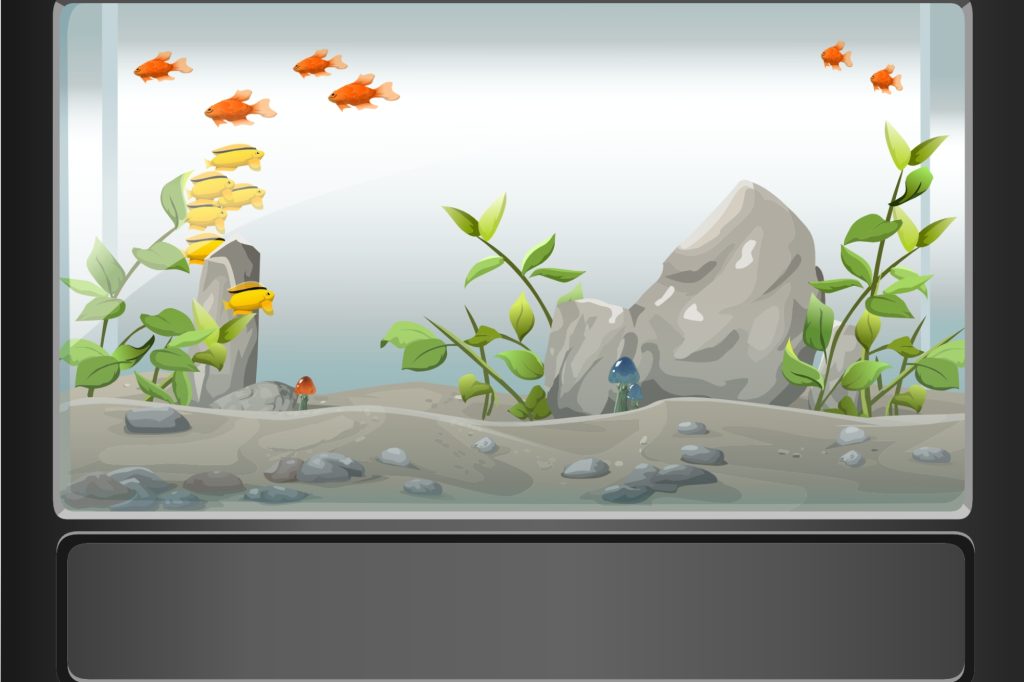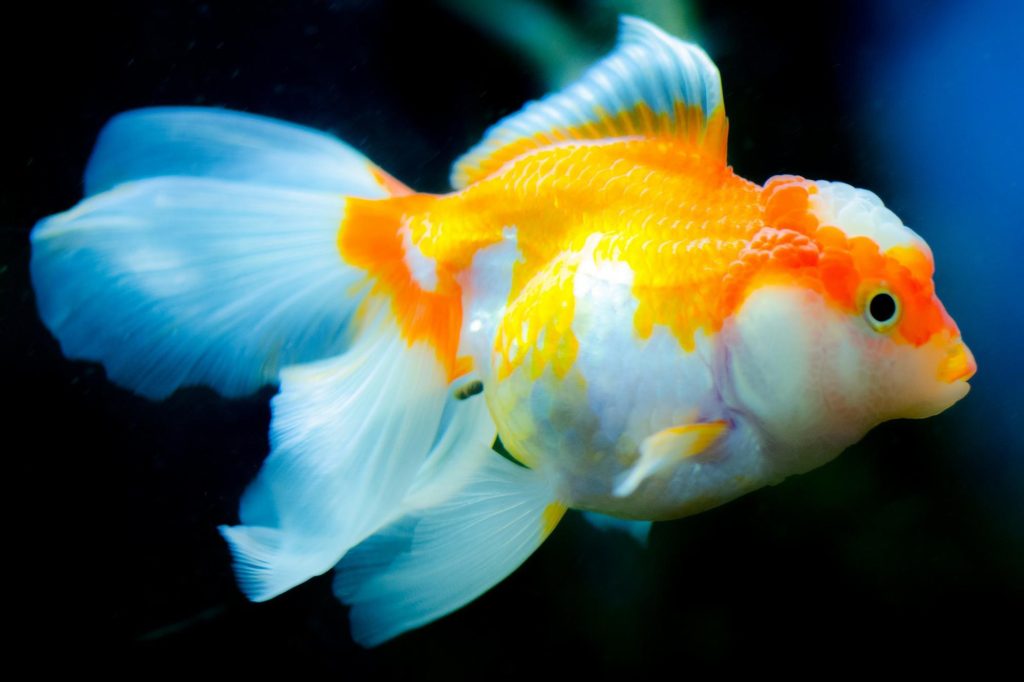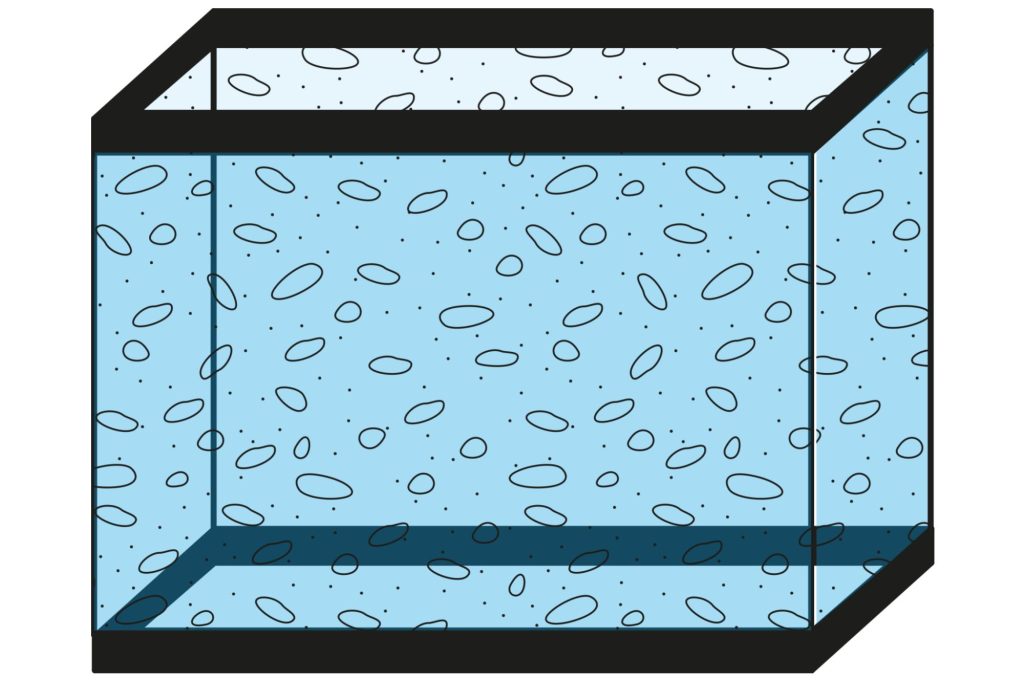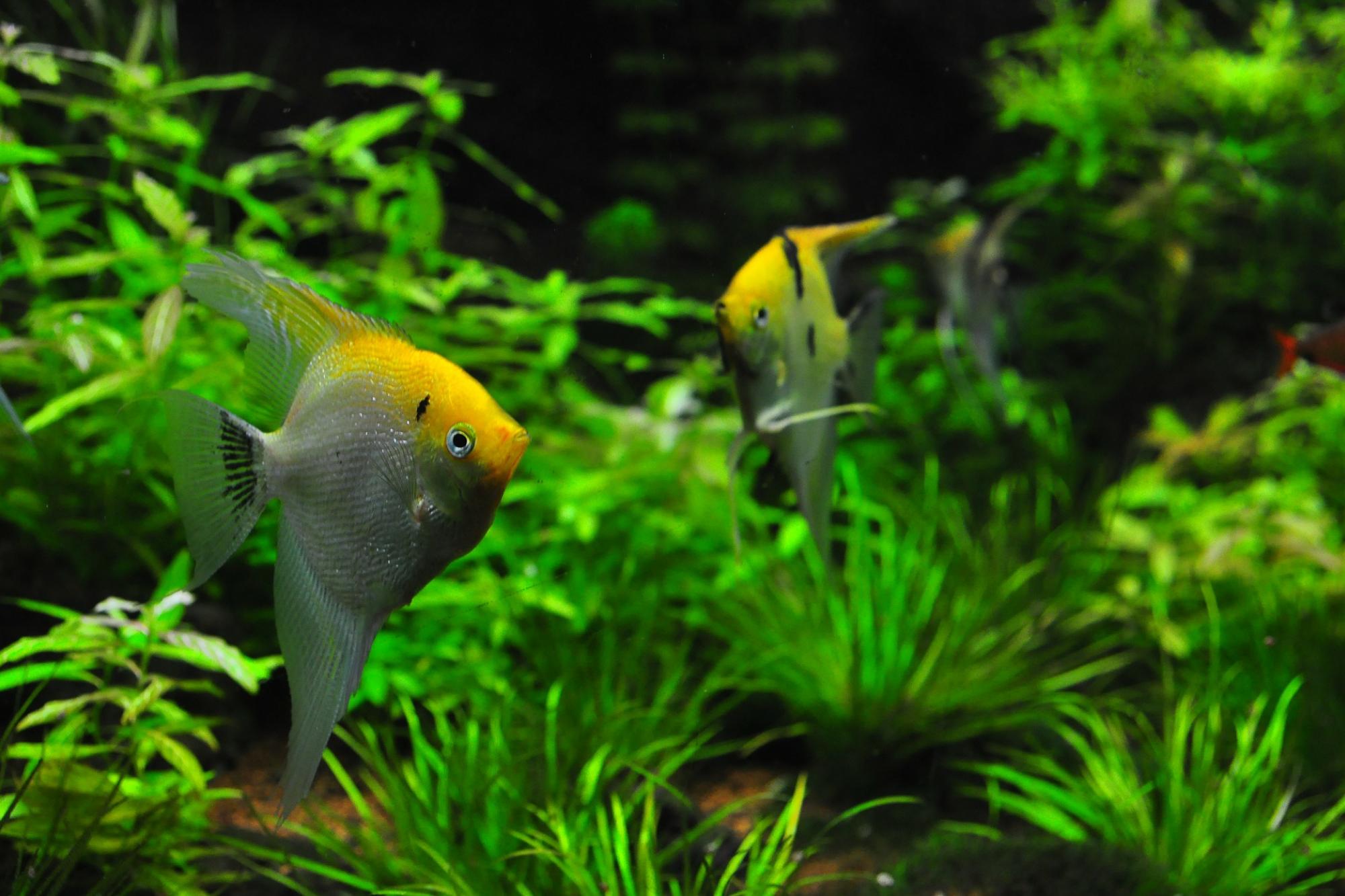Are you moving house with tanked pets?
With the help of this guide, you can make moving tanked pets such as fish as easy as possible.
By following this guide you will be able to get them to their new home safely and assist them with settling in.
If you do not plan ahead and make the right preparations, moving tanked pets can add to the stress of moving.
In this guide, we only provide general directions for moving tanked pets; what you should do depends on the respective fish or pet you have.
It is therefore recommended that you contact a specialist vet who can provide you with more in-depth advice regarding moving house with tanked pets.
Prior to Moving with Tanked Pets
Before moving your fish or reptile you should take note of the following advice!
If a tank is not moved carefully, your pet may become stressed and could even die.
When moving your fish or reptile to your new home, you should do so on a different day than the rest of your possessions.
This is due to the fact that you will need to set up the tank as fast as possible once you arrive.
Once you know when you will be moving your tank, don’t feed your fish the day before.
It is also integral to prepare the right equipment for the job when moving house with tanked pets.

Preparing to Move Fish
You cannot organise moving your fish on the day of your move, or even the day before.
Prepare it for the journey as best you can with some prior planning.
Make sure the filters are clean and to replace 25% of the water two weeks before moving day.
By doing this both the fish and the tank will stay in good condition when you are moving.
It is also recommended that you do not feed your fish for up to 24 hours before the move. Do not worry, they will not be harmed by this.
Stressed fish often regurgitate, so you don’t want them swimming in that when they’re in containers. It will also minimise the amount of waste in their containers.
Fish tanks should never be moved while the fish are still inside!
You should, however, save as much of the water as you can in order to reintroduce the fish to the water they recognize and are used to.
Before removing the water, remove any decorative items and gravel from the tank.
Submerging plants in water throughout the journey keeps them healthy.
Keeping gravel in water is also beneficial for fish since it contains living bacteria that should be kept alive.
What You Need When Moving Fish
If you are moving house with pet fish you will need the following items:
- Fish bags and nets
- A few rubber bands
- Insulated transport box for fish
- Transport containers for water and decor
- Portable air pump
- Measuring jug
- Bubble wrap and towels
- Kits for testing water quality
- Dechlorinator

Steps to Follow on Moving Day
- Set up some fish bags with 1/3 of tank water in them. After that, carefully remove the fish. The tank may need some water removed, perhaps up to 3/4, depending on its size. A smaller body of water means fewer hiding places for your fish, making your job easier.
- The majority of fish should be bagged separately, due to the fact that some fish can be aggressive towards other fish in confined spaces. They may even exude toxins when stressed. This could cause your other fish to die.
- Make sure the fish is placed in the plastic bags along with 1/3 of the water from the tank and then seal the bags with a rubber band.
- Fish bags should now be transferred to an insulated polystyrene fish box. As soon as all the fish are inside the polystyrene box, close the lid to reduce stress by quickly getting them in the dark.
- Make sure plants are also sealed with rubber bands inside plastic fish bags with a little tank water.
- Use buckets or plastic storage boxes to store the rest of the tank decor.
In Transit
- Make sure your fish and other contents are packed carefully and securely
- Protect your aquarium by wrapping it in bubble wrap and blankets
- You should place it in a flat, secure position so that it won’t move and break
- Make sure you drive slowly and avoid potholes and speed bumps where possible

Things to do Once You Have Move in
- Your first priority should be to unpack the tank
- Ensure that the tank is positioned correctly and that the gravel is refilled (use your old gravel)
- Fill the aquarium with the saved water
- You need to reassemble all filters, heaters, pumps, etc. and turn them on
- The fish should be added just as you would if you had bought them home from the store. You should let the bags float on the surface for about 45 minutes, adding in a bit of aquarium water every 10 minutes
- The top priority is getting the fish back in – only some decor needs to be put back in at this point
- Avoid stress by keeping the lights off during this time and afterwards. Once the fish has been released, keep the lights off for a few more hours
- Once the tank is set up, you can top it up with dechlorinated tap water or reverse osmosis water
- This day is not a good day for feeding the fish, as some of the bacteria in your filter have probably died and it might be unable to handle waste products
After Moving
It will take a month or two for the filter to adjust after your move.
You’ll need to use test kits to monitor ammonia and nitrite levels for the first few weeks after relocating.
Depending on the test results, you may have to make small changes to the tank’s water.
You should not overfeed or add any new fish until you’re certain everything is as it should be.
This should ensure that moving house with tanked pets runs smoothly!




